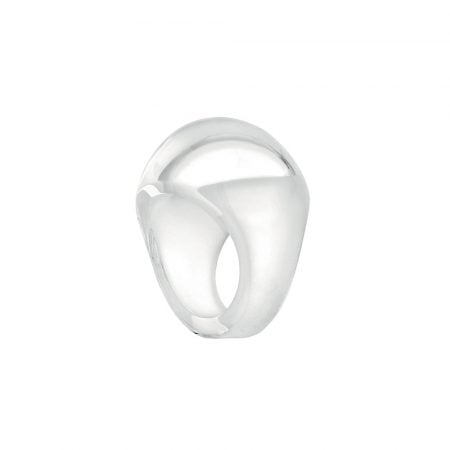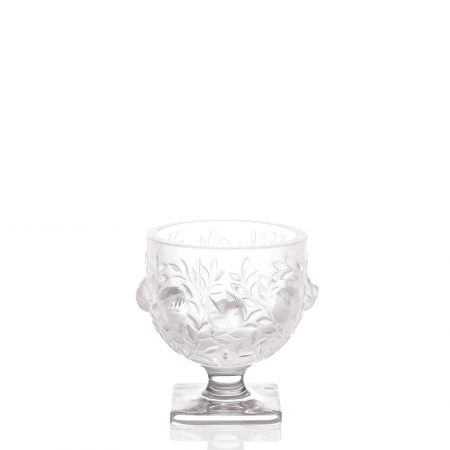LALIQUE SPIRAL VASE
SKU: 10307000LALIQUE SPIRAL VASE
H 165 mm
L 145 mm
Product not available
Product not available
990,00€ Original price was: 990,00€.740,00€Current price is: 740,00€.
LALIQUE SPIRAL VASE
LALIQUE, a history that blends with the history of the decorative arts of the 20th century. René Lalique began his career as a jewellery designer, becoming the creator of the jewel par excellence of the modern age.
His passion for glass led him to create objects from the most common gift items to the most particular where transparency, workmanship, reflections make him achieve great international success.
The Lalique style comes from the artist’s drawing who creates, in total osmosis with crystal, an expression recognizable by the manual modeling of parts and assemblies that become sculpture, rich in details that give a particular contrast to the crystal, transparent and satin, transforming it into light sculptures.
The originality of the Lalique style is the result of a particular production process, which does not end with the hot processing of the crystal. This phase, in fact, is followed by a meticulous process of cold working of each piece, during which the expert hands of crystal artists embellish every detail and remove any imperfection. We are in the presence of an authentic work of sculpture, the edges are intensified, some details are emphasized as the movement of a hair or the expression of a carved face.
Each piece must go through several intermediate stages of processing and control before deserving the signature LALIQUE which is made by hand using a tip of diamond, as proof of its authenticity and quality.
The History of Lalique
René Jules Lalique was born in Aÿ-Champagne on 6 April 1860. Fascinated by the art of goldsmithing since his childhood, he decided to devote himself totally to goldsmithing. It was by working alongside the jeweler Louis Aucoc, son of art, who in 1877 bought the Parisian company Lobjois and then changed it into La Maison Aucoc, that René was able to form his career. Aucoc, in fact, deserves the merit of having taught him the techniques of goldsmithing, also transmitting to him a high aesthetic taste fed by the artistic current Art Nouveau. After his apprenticeship with the master, René Lalique attended the School of Decorative Arts in Paris, following courses in drawing and modelling. In 1978 his career continued in England, where he stayed for about two years.
Back in Paris, the young Lalique began working for Gariod, Jacta and Acnuacquistando, in 1886, the small company Jules Destape and then moved his laboratory to 20 rue Thérèse, in Paris. His name was echoed in the French upper middle class and entered, by merit, in the graces of the high rank of society. Sarah Bernhardt, La voix d’or del teatro e del cinema francese, entrusted René with a series of jewels such as the Tiara, designed by the illustrator Alfonso Maria Mucha. It was to the actress that René Lalique entitled an ivory medal in high relief depicting the face of the woman. The medal is now in the D’Orsay Museum.
The success of Lalique
The success of Lalique’s jewellery lies in its inspiration, in the beauty of nature and the charm of female nudity, typical features of Art Nouveau. His jewellery was distinguished by the variety of materials used. With glass, horn, enamels and ivory, she was able to model wonderful insects. His fame, together with Antonin Daum – son of the entrepreneur Jean Daum – and Emile Gallé grew thanks to the Universal Exhibition held in Paris in 1900.
In its complex path, surely generous of ingenuity, Lalique has left us jewels representing femme-fleu, sirens, jellyfish, peacocks, swans, butterflies, bees – the wings of the insects were realized with the technique of the “plique-à-jour-“, swans, Wagner themes. His works were noble, as demonstrated by the ivory orchid-shaped diadem, horn and small topaz in the middle, preserved in the Calouste Gulbenkian Museum in Lisbon. The jewel becomes the key to inscribing René Lalique’s technical mastery of the art of goldsmithing.









